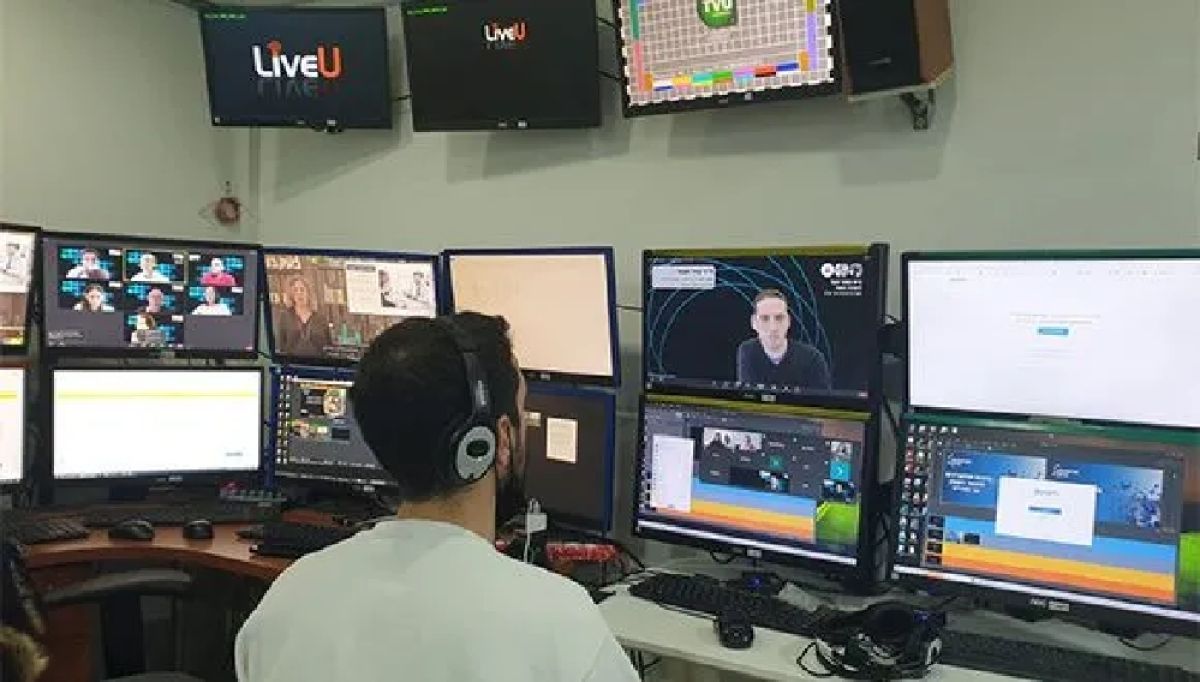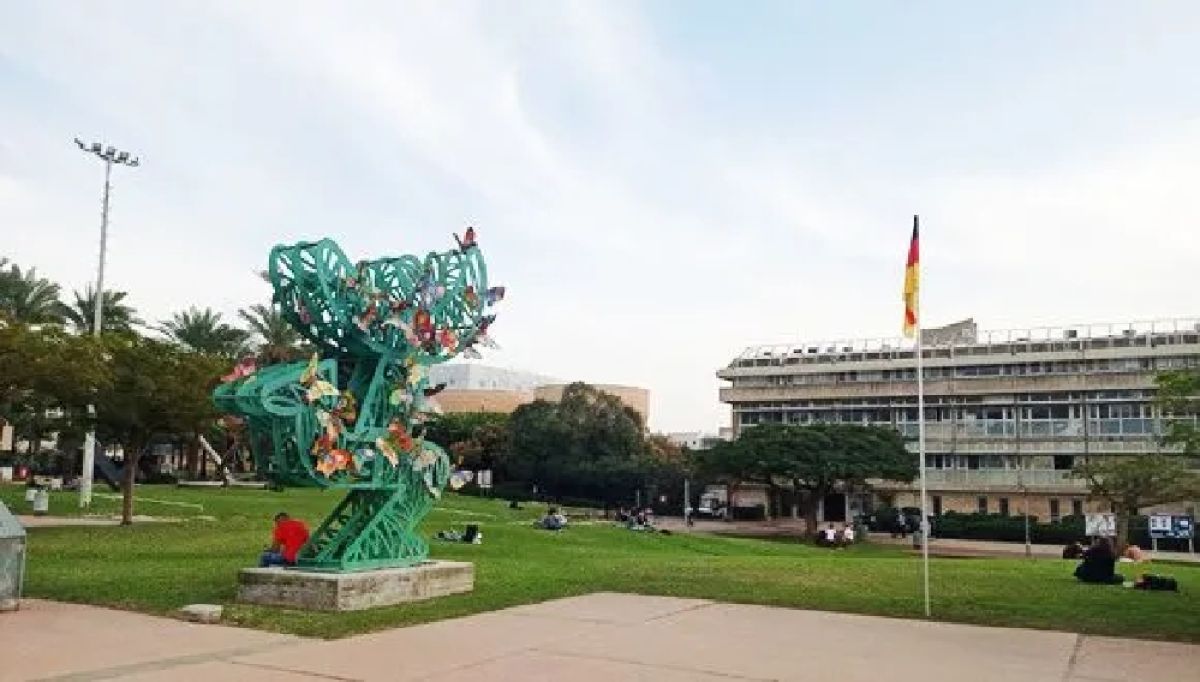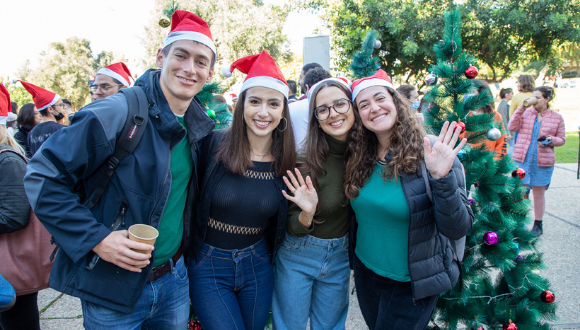Can environment impact genetic diversity in face of changing conditions, such as higher temperatures (think global warming)? Researchers at Tel Aviv University have discovered that epigenetic inheritance – inheritance which does not involving changes in the DNA sequence – can affect the genetic composition of the population for many generations. The environment can actually impact genetic diversity under certain conditions and the researchers believe that it’s a way for the environment to adjust genetic diversity.
Worms Get It from their Mama’s Mama’s Mama’s…
Females of the worm species C. elegans produce both egg cells (or “oocytes”) and sperm, and can self-reproduce (hence are considered hermaphrodites). They produce their sperm in a limited amount, only when they are young. At the same time, there are also rare C. elegans males in the population that can provide more sperm to the female worms through mating.
In normal conditions, the female hermaphrodites secrete pheromones to attract males for mating only when they grow old and run out of their own sperm (at this point mating becomes the only way for them to continue and reproduce). Therefore, when the hermaphrodite is young, and still has sperm, she can choose whether to mix her genes by sexually reproducing with a male, or not.
In the new study, exposure to elevated temperatures was found to encourage more hermaphrodites to mate, and this trait was also preserved in the offspring for multiple generations, even though they were raised in comfortable temperatures and did not experience the stress from the increased heat.
The study, which was published today in the journal Development Cell, was led by Prof. Oded Rechavi and Dr. Itai Toker, as well as Dr. Itamar Lev and MD-PhD student Dr. Yael Mor, who did their doctorates under Prof. Rechavi’s supervision at the School of Neurobiology, Biochemistry & Biophysics, George S. Wise Faculty of Life Sciences, and the Sagol School of Neuroscience. The study was conducted in collaboration with the Rockefeller University in New York.
Securing Genetic Diversity
Why did the higher temperatures result in the C. elegans worms becoming more attractive, mating more with males? Dr. Itai Toker explains that “The heat conditions we created disrupted the inheritance of small RNA molecules that control the expression of genes in the sperm, so the worm’s sperm was not able to fertilize the egg with the efficiency that it normally would. The worm sensed that the sperm it produced was partially damaged, and therefore began to secrete the pheromone and attract males at an earlier stage, while it was still young.”
If that wasn’t enough, Dr. Rechavi points out that the really fascinating finding was that the trait of enhanced attractiveness was then passed on for many generations to offspring who did not experience the conditions of higher temperatures. The researchers found that heritable small RNA molecules, not changes in the DNA, transmitted the enhanced attractiveness between generations. Small RNAs control gene expression through a mechanism known as RNA interference or gene silencing – they can destroy mRNA molecules and thus prevent specific genes from functioning in a given time at a given tissue or cell.
Dr. Itai Toker adds that, “In the past, we discovered a mechanism that passes on small RNA molecules to future generations, in parallel and in a different way from the usual DNA-based inheritance mechanism. This enables the transmission of certain traits transgenerationally. By specifically inhibiting the mechanism of small RNA inheritance, we demonstrated that the inheritance of increased attractiveness depends on the transmission of small RNAs that control sperm activity.”
Mating, as opposed to fertilizing themselves, comes at a price for the female, hermaphroditic worms, as it allows them to pass on only half of their genome to the next generation. This “dilution” of the parents’ genetic contribution is a heavy price to pay. The benefit, however, is that it increases genetic diversity. By conducting lab evolution experiments we indeed discovered that it may be a useful adaptive strategy.
The researchers later experimented with evolution: They tracked the offspring of mothers who passed on the trait of attractiveness to males with the help of small RNAs, and allowed them to compete for males, for many generations, against normal offspring from a control group. The researhers observed how the inheritance of sexual attractiveness led to more mating in these competitive conditions, and that as a result the attractive offspring were able to spread their genes in the population more successfully.
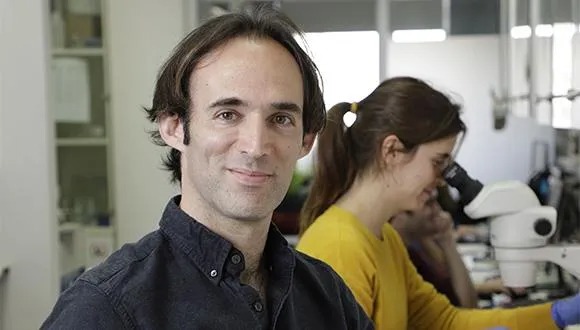
Prof. Oded Rechavi (photo: Yehonatan Zur Duvdevani)
Environment’s Response to Global Warming?
In general, living things respond to their environment by changing their gene expression, without changing the genes themselves. The understanding that some of the epigenetic information, including information about the parents’ responses to environmental challenges, is encoded in small RNA molecules and can be passed down from generation to generation has revolutionized our understanding of heredity, challenging the dogma that has dominated evolution for a century or more. However, to date researchers have not been able to find a way in which epigenetic inheritance can affect the genetic sequence (DNA) itself.
“Epigenetics in general, and the inheritance of parental responses facilitated by small RNAs in particular, is a new field that is garnering a lot of attention,” says Dr. Lev. “We have now proven that the environment can change not only the expression of genes, but, indirectly, also genetic heredity, and for many generations.”
“Generally, epigenetic inheritance of small RNA molecules is a transient matter: the organism is exposed to a particular environment, and preserves the epigenetic information for 3-5 generations. In contrast, evolutionary change occurs over hundreds and thousands of generations. We looked for a link between epigenetics and genetics and found that a change in the environment, that is relevant to global warming, induces transgenerational secretion of a pheromone to attract males, and thus affects the evolution of the worms’ genome.”
Dr. Mor adds, “We think that it’s a way for the environment to adjust genetic diversity. After all, evolution requires variability and selection. The classical theory is that the environment can influence selection, but cannot affect variability, which is created randomly as a result of mutations. We found that the environment can actually impact genetic diversity under certain conditions.”
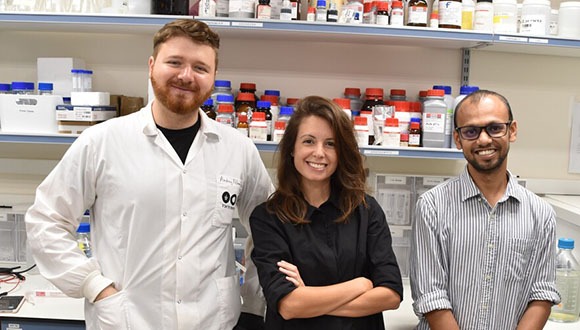


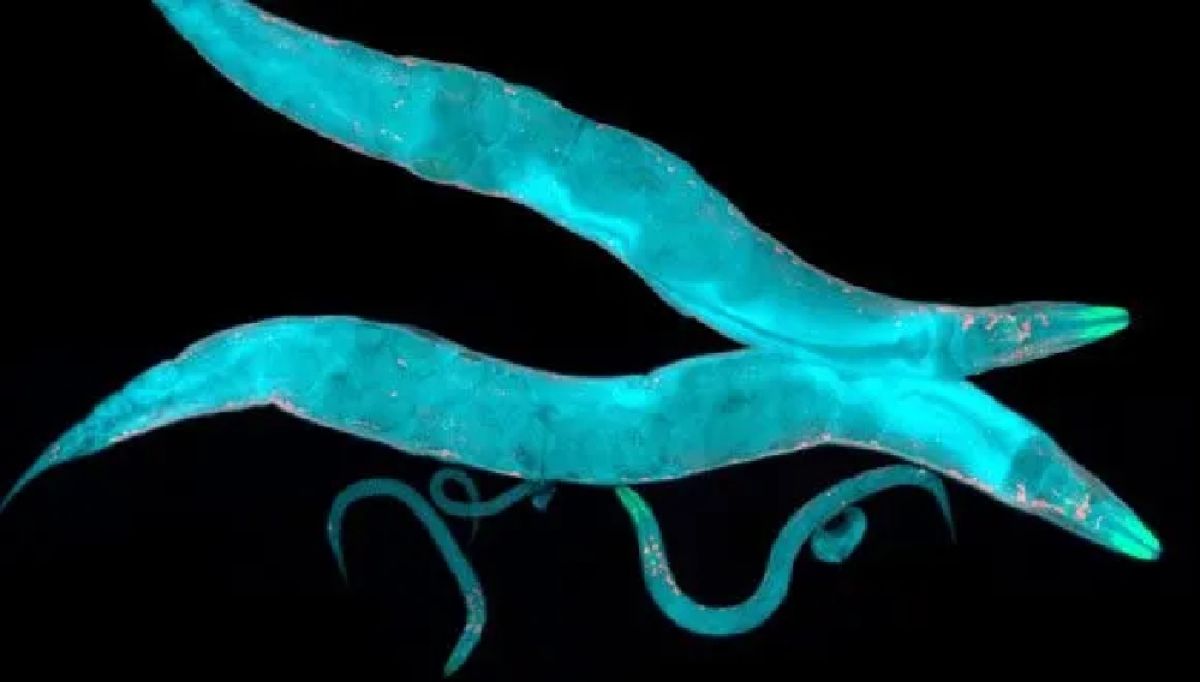


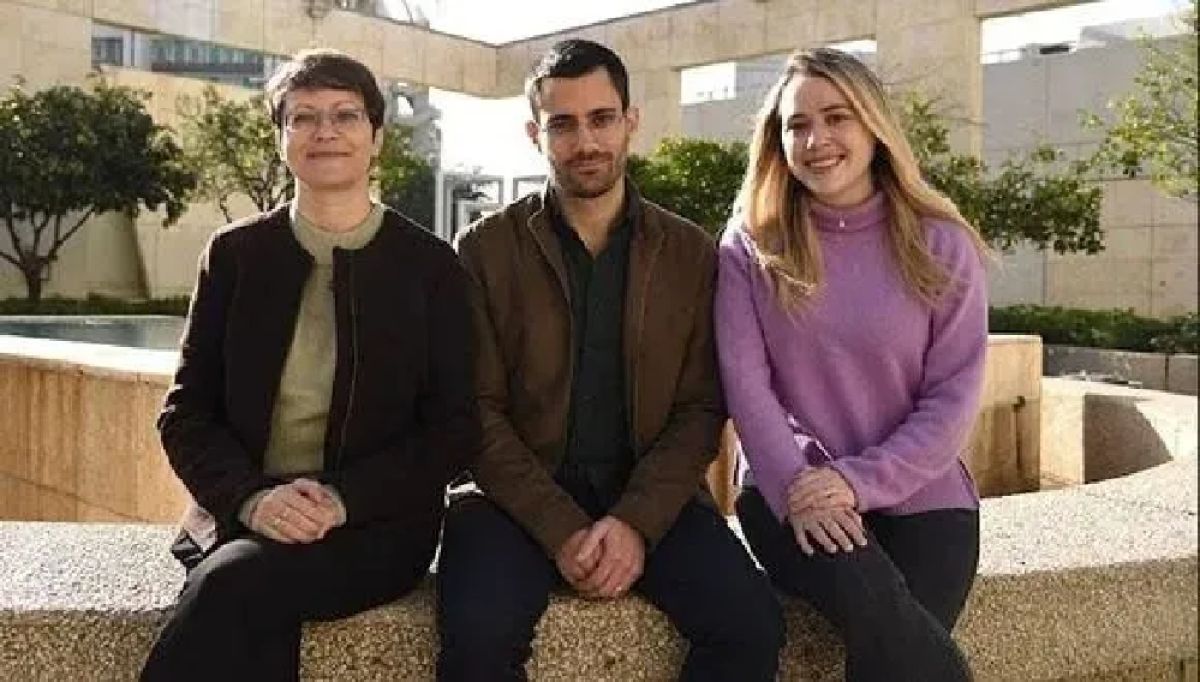


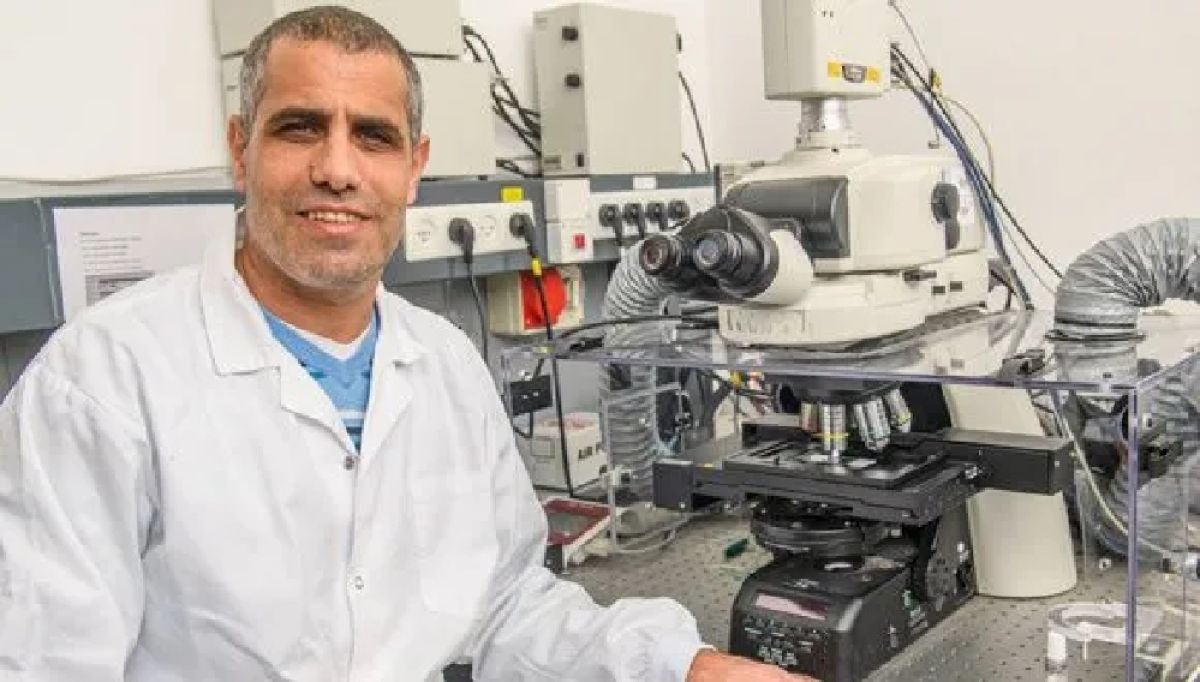



%20Dr.%20Yona%20Goldshmit%2C%20Prof.%20Tal%20Dvir%20and%20Lior%20Wertheim%20Credit%20Sagol%20Center%20for%20Regenerative%20Biotechnology-580.jpg)



